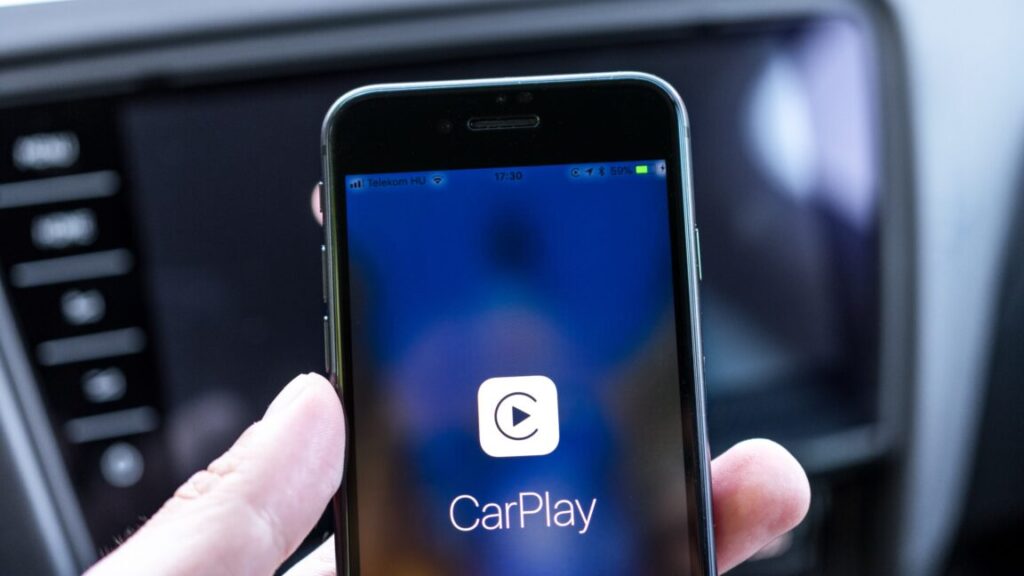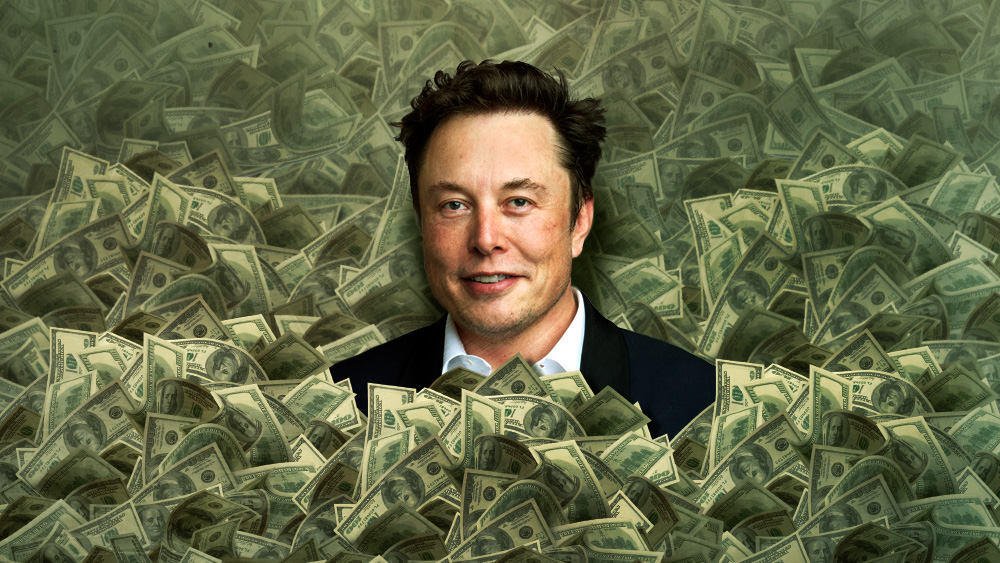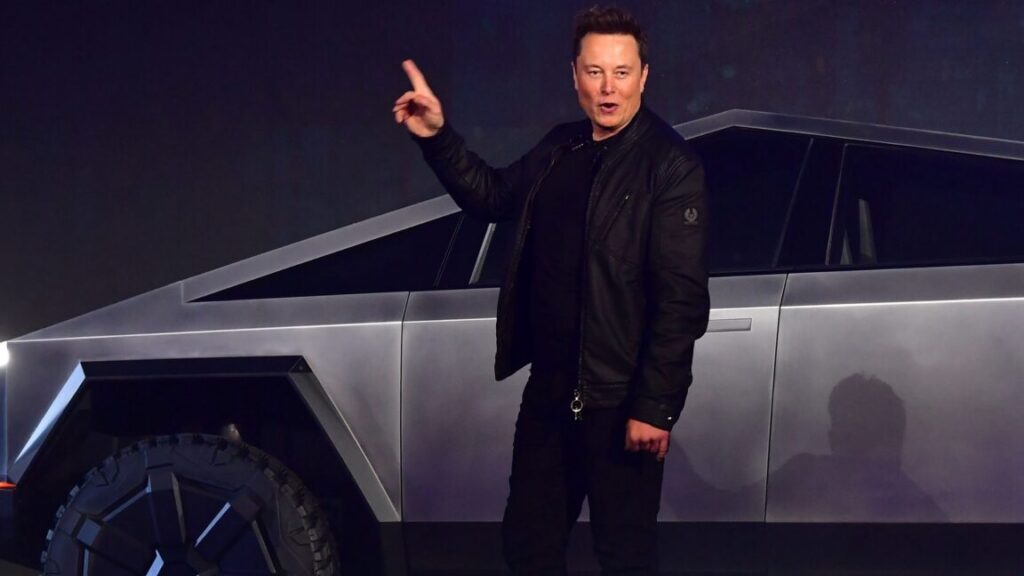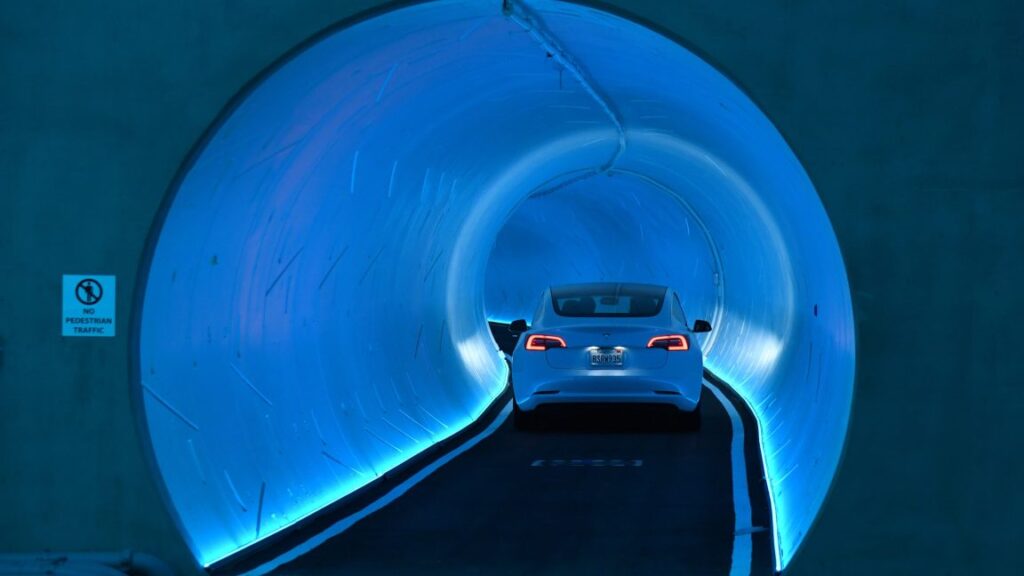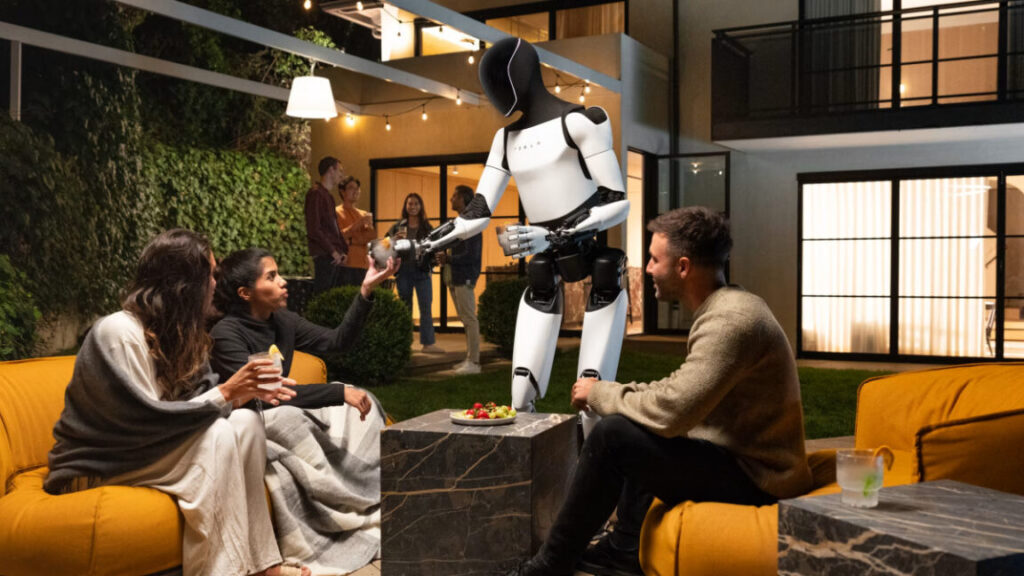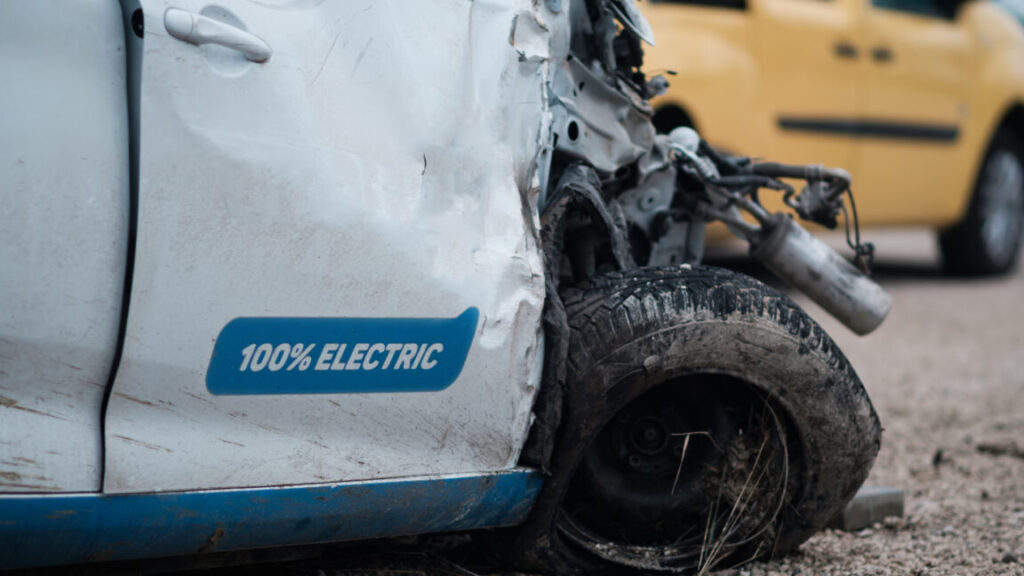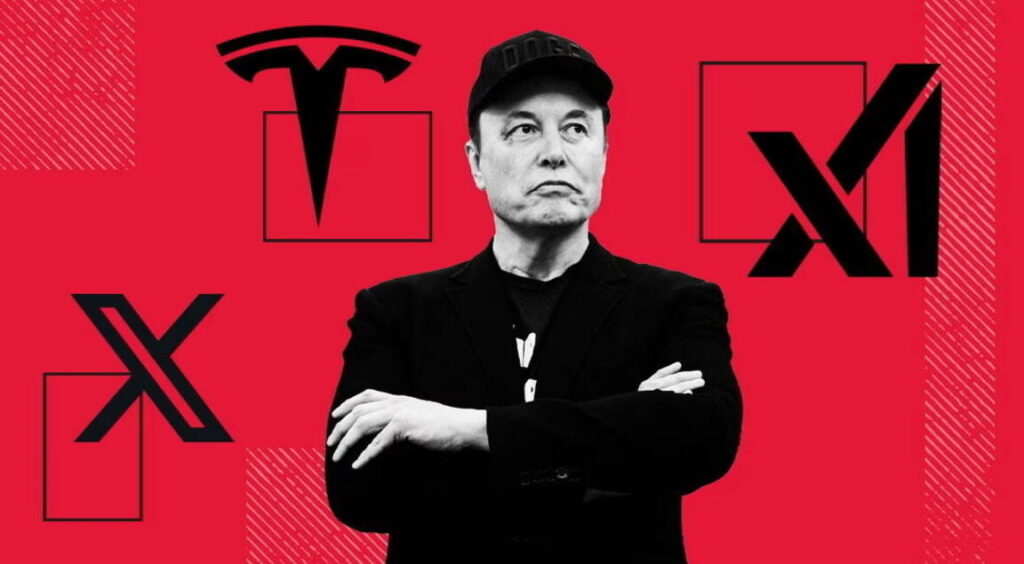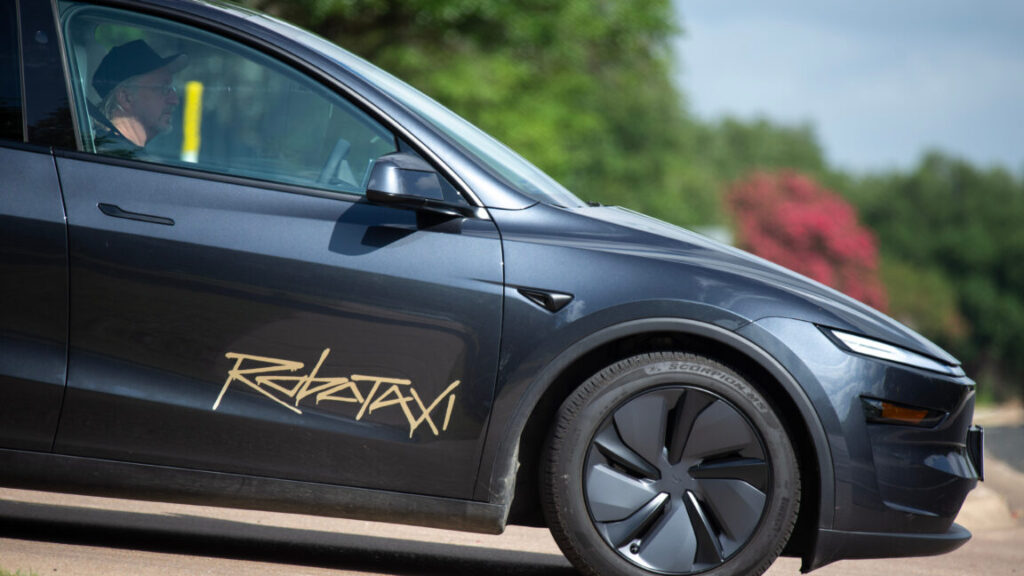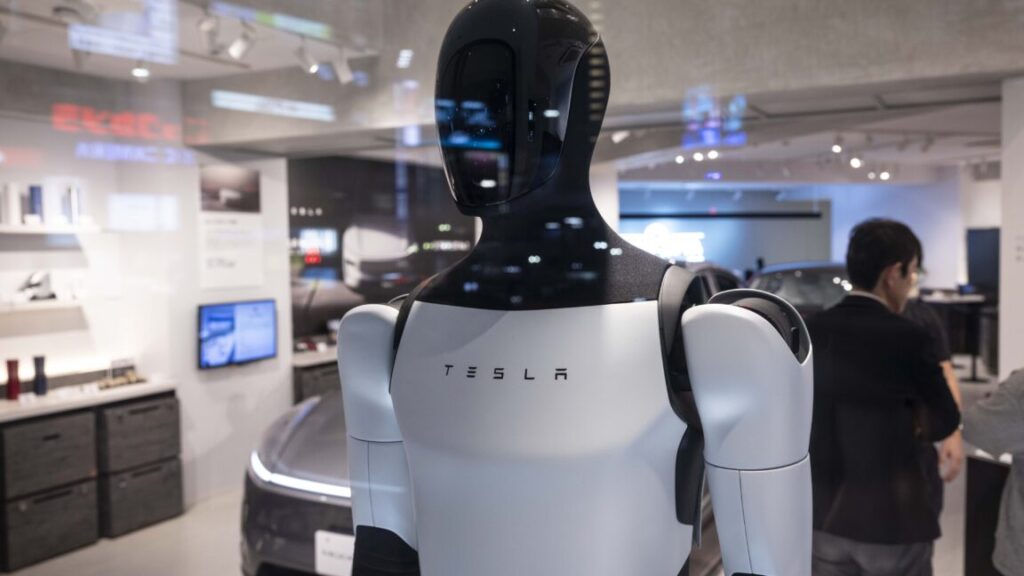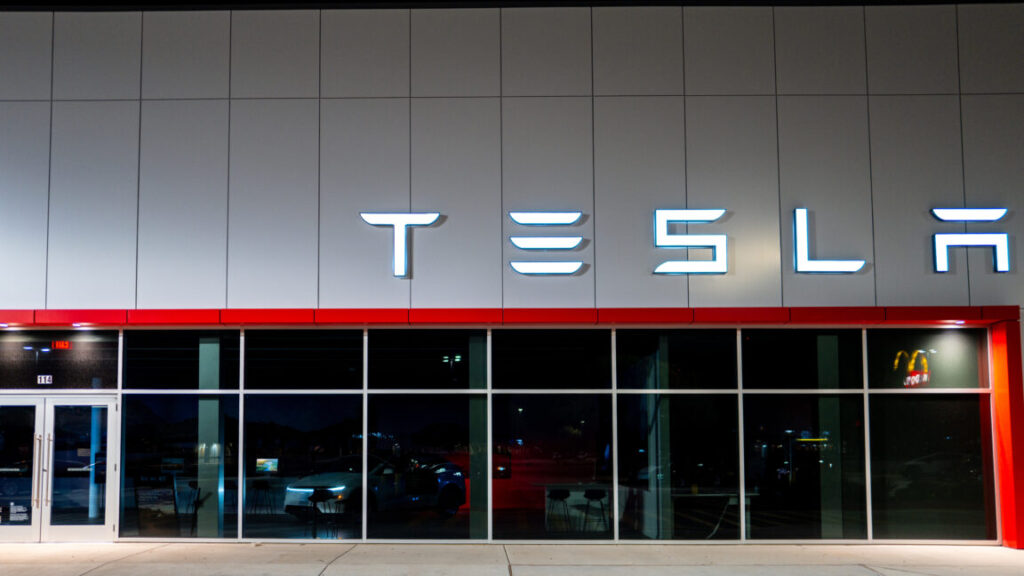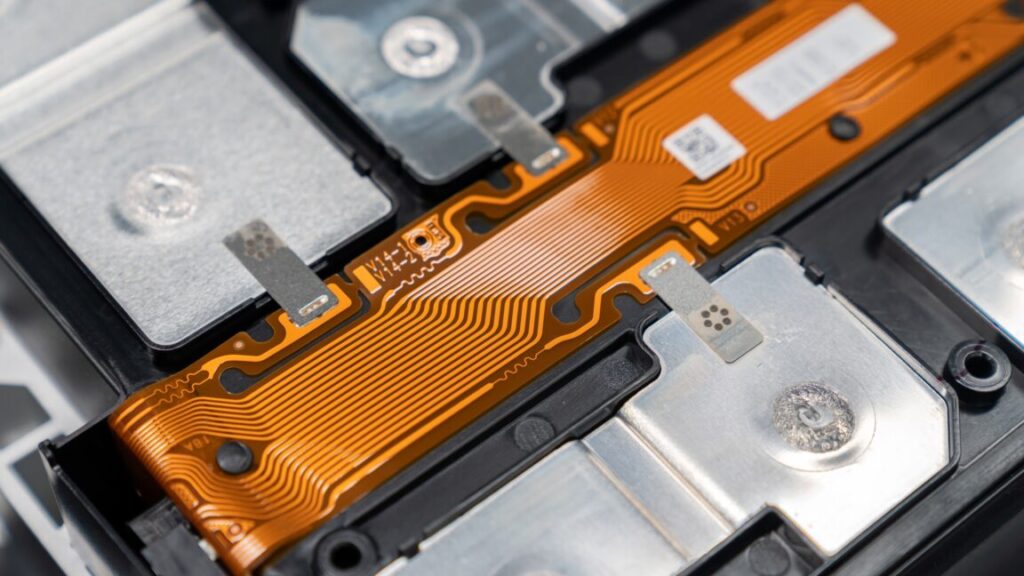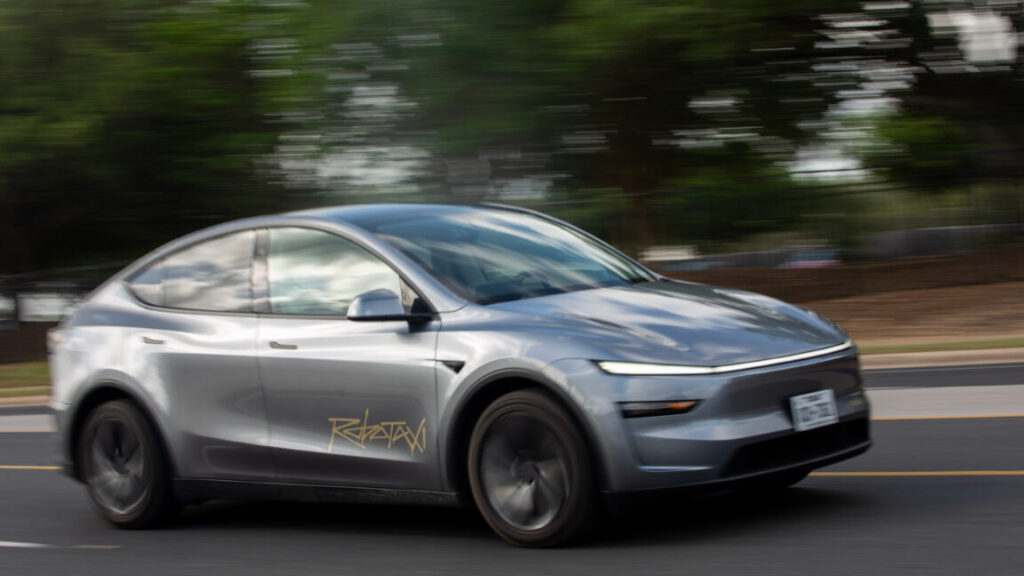After years of saying no, Tesla reportedly adding Apple CarPlay to its cars
Apple CarPlay, the interface that lets you cast your phone to your car’s infotainment screen, may finally be coming to Tesla’s electric vehicles. CarPlay is nearly a decade old at this point, and it has become so popular that almost half of car buyers have said they won’t consider a car without the feature, and the overwhelming majority of automakers have included CarPlay in their vehicles.
Until now, that hasn’t included Tesla. CEO Elon Musk doesn’t appear to have opined on the omission, though he has frequently criticized Apple. In the past, Musk has said the goal of Tesla infotainment is to be “the most amount of fun you can have in a car.” Tesla has regularly added purile features like fart noises to the system, and it has also integrated video games that drivers can play while they charge.
For customers who want to stream music, Tesla has instead offered Spotify, Tidal, and even Apple Music apps.
But Tesla is no longer riding high—its sales are crashing, and its market share is shrinking around the world as car buyers tire of a stale and outdated lineup of essentially two models at a time when competition has never been higher from legacy and startup automakers.
According to Bloomberg, which cites “people with knowledge of the matter,” the feature could be added within months if it isn’t cancelled internally.
Tesla is not the only automaker to reject Apple CarPlay. The startup Lucid took some time to add the feature to its high-end EVs, and Rivian still refuses to consider including the system, claiming that a third-party system would degrade the user experience. And of course, General Motors famously removed CarPlay from its new EVs, and it may do the same to its other vehicles in the future.
After years of saying no, Tesla reportedly adding Apple CarPlay to its cars Read More »
